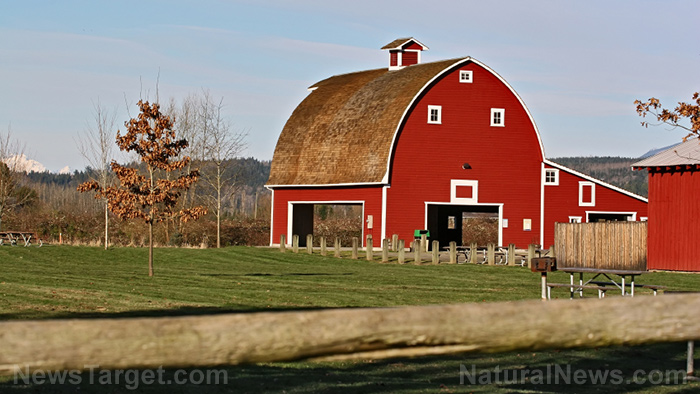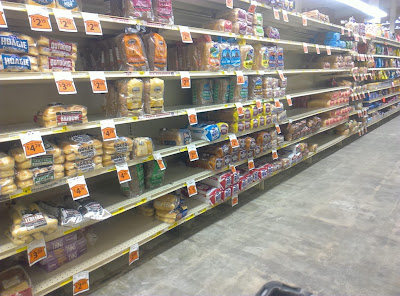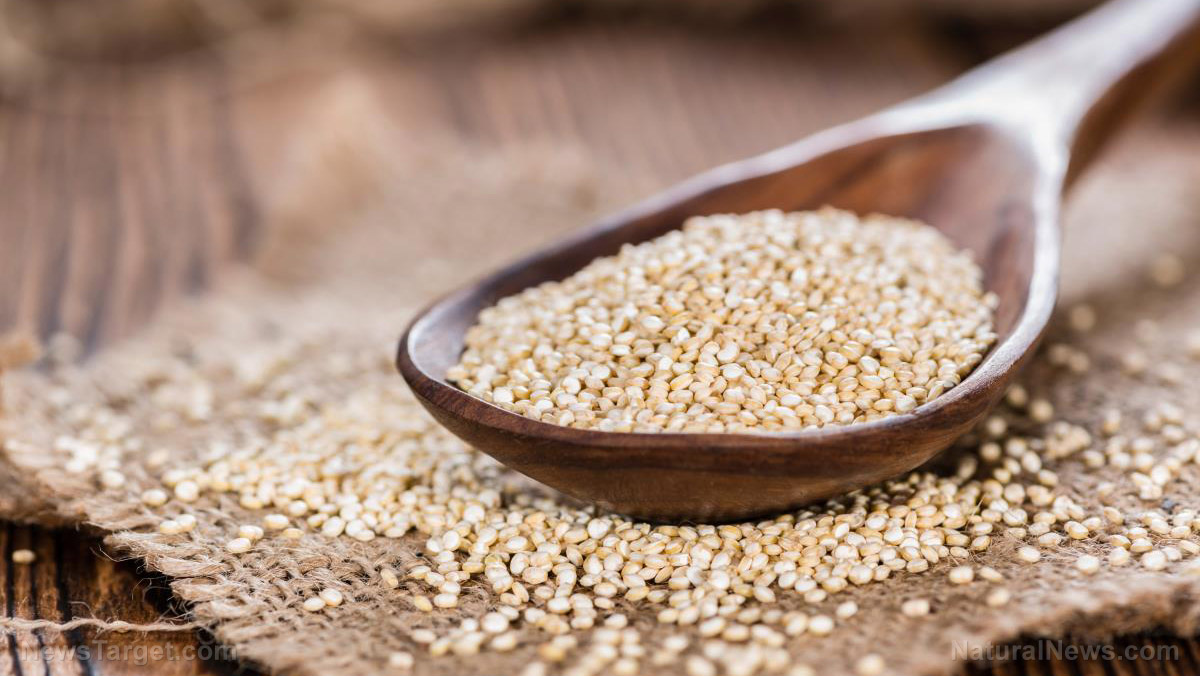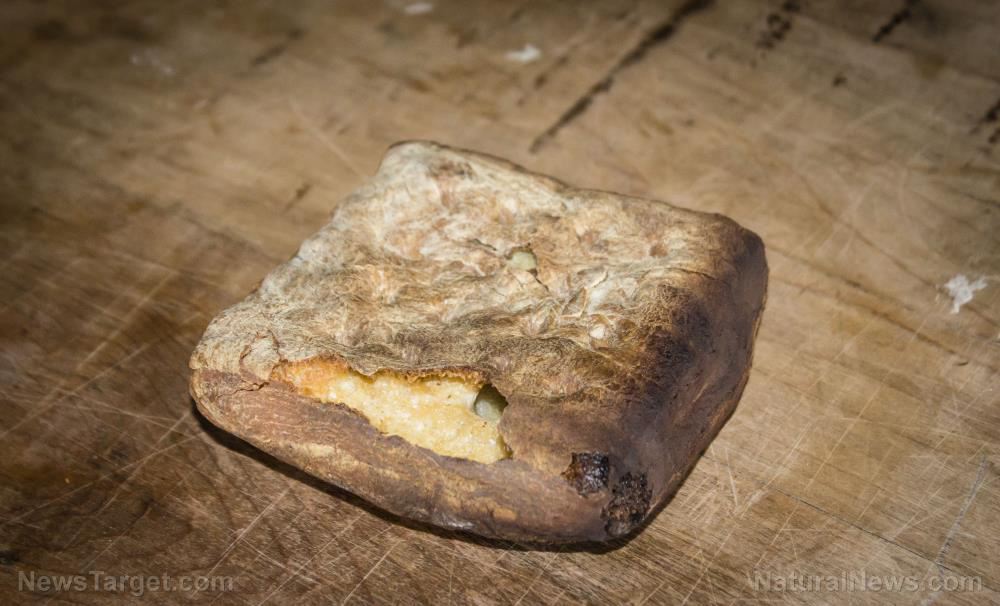Farmland prices continue to surge in line with growth of rural economies
11/23/2021 / By Arsenio Toledo

Creighton University‘s Rural Mainstreet Index (RMI) has remained above growth neutral for 12 straight months. Economists say this is due to stronger investment in agriculture, low interest rates and higher cost of agricultural produce.
The RMI for November rose to 67.7 percent, up more than one point from October’s 66.1. In September, the reading was 62.5. In line with the growth of the rural economy, the farmland price index for the 10 surveyed states improved to a very strong record-high of 85.5, up by four points since October. The current average price for the year is 74.6.
Not all 10 states surveyed by the RMI experienced growth in farmland prices. The RMI for Nebraska is 85.4, down from 87.3 in October.
Among the nine other states where the index grew, Missouri experienced the most growth. Its RMI for November is 81.5, up from 77 in October. This was followed by Kansas and Minnesota, whose state farmland price indexes grew by 3.5 points compared to October.
The RMI is a 10-state index that focuses on 200 rural communities with an average population of around 1,300. This index surveys community bank presidents, CEOs and other local business leaders regarding their economic situation. Creighton has billed the RMI as the “most current real-time analysis of the rural economy.”
The index has a range of between zero to 100. Any score below 50 suggests a shrinking rural economy, a flat reading of 50 is growth neutral and any score above 50 represents healthy economic growth.
Farmland prices are expected to continue rising
A similar survey of farmland values conducted by the Seventh Federal Reserve District, which covers the state of Iowa and most of Wisconsin, Michigan, Indiana and Illinois, supports the RMI’s findings. According to its third-quarter survey, farmland values have risen by 18 percent from a year ago. (Related: Iowa farmland just sold at the record price of $26,000 per acre.)
The Seventh District’s survey showed that current agricultural land prices have risen by six percent compared to the second quarter of 2021. The survey’s results suggest that farmland values will continue to rise.
The Tenth Federal Reserve District, centered around the Kansas City Fed, reported similar growth in farmland values. The Tenth District covers the entirety of Wyoming, Oklahoma, Nebraska, Kansas and Colorado and parts of New Mexico and Missouri.
According to the Tenth District’s survey, farmland real estate values have risen by 15 percent compared to last year.
Multiple reasons have been given for the continued rise in farmland values. First among them is the continued inflation crisis.
Bruce Sherrick, an agriculture economist at the University of Illinois, suggested that many investors are flocking to put more money into farmland because it is considered to be a good hedge against inflation.
“The longer farmland is owned, the stronger the protection against inflation,” said Sherrick. “As an inflation hedge, farmland is a good idea and good for diversity investments.”
Ernie Gross, chairman of Creighton’s Heider College of Business and co-creator of the RMI, added that record-low interest rates, the price of agricultural goods and growth in exports have helped stimulate the entire sector. This has affected farmland prices.
“Solid grain prices, the Federal Reserve’s record-low interest rates and growing exports have underpinned the Rural Mainstreet Economy,” said Gross. “[Department of Agriculture] data shows that 2021 year-to-date agriculture exports are more than 23 percent above that for the same period in 2020. This has been an important factor supporting the Rural Mainstreet economy.”
Sherrick’s data supports Gross’ conclusions. The number of transactions in Illinois’ agriculture sector has gone up over the last six to eight months. Potential changes to taxation have also brought more people to the market.
While the data suggests that the outlook for America’s agriculture industry remains promising, concerns are lingering about the ongoing supply chain crisis, which has caused input costs to rise drastically. Places all over the country dealing with freak weather events like drought are also experiencing significantly slower growth.
One banker in Iowa who spoke to Farm Futures said that 2021 had “given most farm customers their best returns to income in years.” But the banker added that “concern will shift next year to higher input costs and high land prices.”
Still, the industry remains well-positioned to experience continued growth into 2022 with strong commodity prices and double-digit land value gains.
Learn more about the state of America’s rural economy by reading the latest articles at Harvest.news.
Sources include:
Tagged Under: agriculture, agriculture industry, bubble, economy, farmland, farmland prices, harvest, Inflation, investment, risk, rural economy
RECENT NEWS & ARTICLES
COPYRIGHT © 2017 FOOD SUPPLY NEWS




















